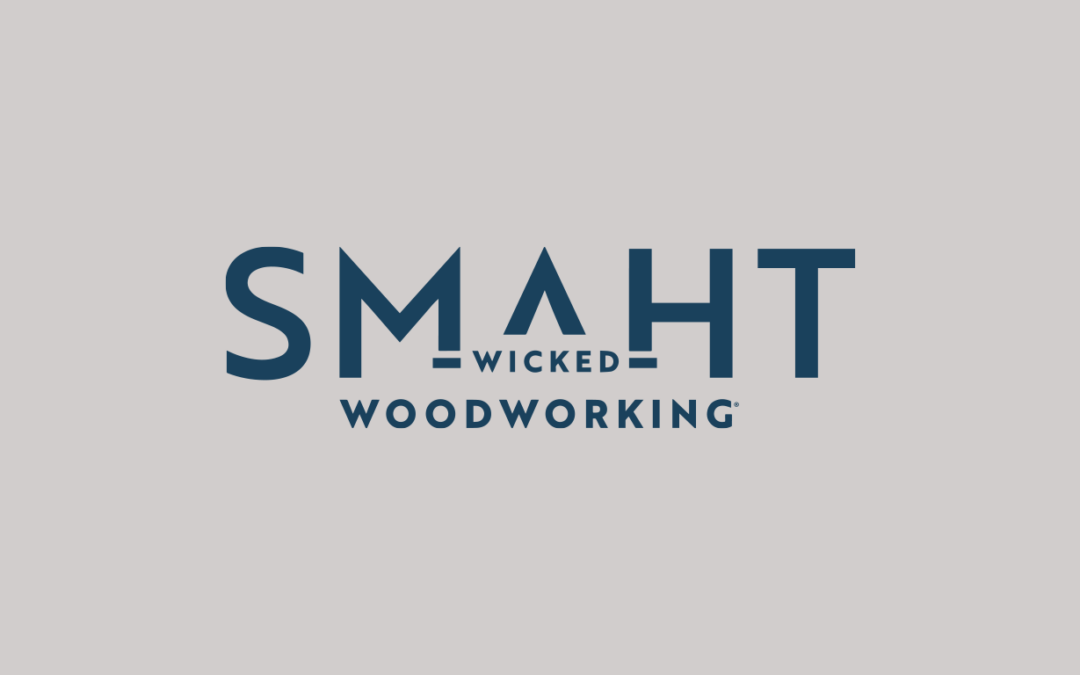Cost, ease of installation and appearance are all factors when choosing a roofing material.
While asphalt shingles account for close to 90 percent of all residential roofing jobs, they certainly aren’t the end of the story when it comes to roofing. Sheet metal, cement tiles, wood shakes or shingles, traditional slate or ceramic tile are all readily available. For low-slope roofs, high-tech polymer membranes now compete with the old asphalt roll roofing, coal tar, and asphalt-mop technologies. Your decision may not be easy, but it will probably center on appearance, cost, and practicality.
Pleasing the Eye
If you’re reroofing, you may want to stick with what you’ve got. A historic home or home style may deserve the original material or a carefully manufactured imitation. The traditional materials of earlier times—wood shingles, slate, tile, and sheet metal—are still around in one form or another; but in a pinch, modern asphalt shingles can come close to the original appearance for a fraction of the price.
There are many alternatives to standard asphalt shingles. Here, a standing seam metal roof is being installed.
Pleasing the Pocketbook
There’s a big dollar spread, however, when it comes to roofing materials: Asphalt shingle roofs can cost anywhere from $50 to $150 or more per square (100 square feet, or a ten-foot by ten-foot area). Tearing off the existing shingles, which is highly recommended, will add another $30 to $50 per square. Metal roofing and concrete tiles may start at $100 per square, or run up to $600 a square and more for coated steels and copper. Ceramic tile and slate are always high-priced. Clay tiles can cost $300 to $500 installed per square. Slate, with its need for skilled and experienced craftsmen, could cost up to $1000 a square.
Lasting Satisfaction
Initial cost is just one consideration, though. You’ll be lucky to get 20 years from a cheap asphalt shingle, but a good slate roof could easily last a hundred years or more. Some cement and metal roofing products come with 50-year warranties, so spending more can buy you more years of service from your roof. For commercial projects, architects sometimes use a “life-cycle cost” comparison that factors in maintenance and replacement costs to justify spending today’s dollars on a material with lasting value. By that calculation, cement tile or even slate could be a good buy in the long run.
For a homeowner, however, long-term future costs may not be so important. Americans move, on average, every seven years. Even with asphalt shingles, odds are you’ll sell your house before you have to reroof; so spending tens of thousands on an expensive roof may not make sense. Besides, if you sell the house, you may or may not recover the cost of your roof.
Once you’ve selected a material, don’t cut corners. Pick a roofer with roots in the community, who backs up his work and will do a careful, thorough job on the details that count, like flashing, fastening, and sealing. To avoid a leak or blowoff, use heavy-duty underlayments, and high-quality cements and sealants where needed.
Get Practical
Roof slope does make a difference. While asphalt and wood shingles, slate, tile, and metal are all comfortable at slopes of four inches in twelve or steeper, pitches of less than three inches per foot want either asphalt roll roofing or one of the new membrane roofs. Roof structure matters, too, so take the time to have your roof examined before deciding on a material. Roof rafters or trusses must support the weight of the roofing, and that varies greatly from product to product. Metal roofing is by far the lightest at 40 to 60 pounds per square for aluminum, 80 to 150 pounds per square for steel. Asphalt shingles are quite a bit heavier, and weigh anywhere from 240 to 400 pounds per square. Concrete and clay tiles tip the scales at 500 to 800 pounds for the lightweight versions, and 900 to 1200 pounds per square for regular tiles. Standard thickness slate weighs 700 to 800 pounds per square, and more for thicker varieties. Roof framing that can support an asphalt or wood roof may not bear up under the weight of tile or slate, so if you want to roof with slate or tile, you’ll need the framing to match.
© 2001 Renovate with Tommy Mac


Good point on the warranties. There are some roofing warranties out there that are “limited lifetime” for residential jobs. Another thing to keep in mind is the potential cost savings with government incentives, power company incentives, and energy bill savings. A good metal roof can cut energy bills and qualify you for Energy Star tax credits. This can save you hundreds, if not thousands, of dollars over the life span of your roof. Good post, thanks for sharing!